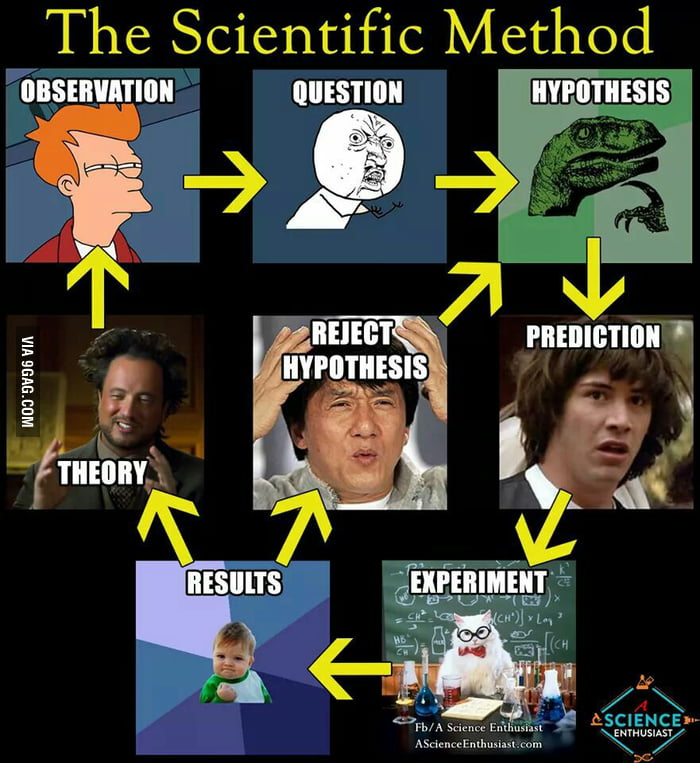Skype, gotomeeting, Zoom - whatever you like. Here is the thing. I am not claiming that I am right, or you are right. My issue is not with what you are saying, but I do have an unsettling issue with science vs pseudo science - and this is very dangerous. In this age of social media, and online connectivity everyone claims to be an expert because of personal experiences, so people don't provide evidence, but they provide personal anecdotes. You claimed above that "measurement techniques are imperfect" what studies do you have that back up that claim? are they imperfect, or is it your lack of knowledge how measurements are done, or the limitation of your tools? The inaccuracies exist because of Gravitation, Weak, Electromagnetic, and Strong forces, this is the nature of the universe. We can observe things that human eyes cannot even see (e.g michael morley expirement, special, and general relativity) and people claim without evidence that "our measurements still suck" - OK makes sense, but please provide a paper, a study, anything that will back your claim up. I provided you three things about measurement, that are time tested, and anyone can google them, read about them, and make their own conclusion or try to provide counter evidence.























